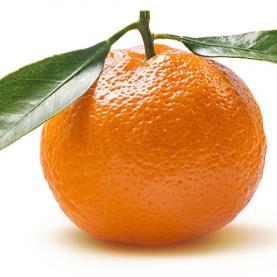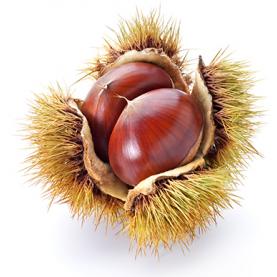Arboriculture techniques
Arboriculture started in the Neolithic period, at a time when humanity was becoming settled and developing agriculture and livestock farming. Establishing an orchard has long-term implications for a territory. Dating back to the first great ancient civilisations, propagation by cutting, grafting, pruning and irrigation are among the techniques still used to cultivate fruit trees today.
An ancient biotechnology practice
Arboriculture of fruit trees appeared in the Neolithic period and developed alongside agriculture and livestock farming. This can be described as the first occurrence of biotechnology as humanity started to become organised and began transforming living things in order to better meet its needs. Although the first fruit trees to be cultivated were indigenous, exchanges between civilisations and the perfection of skills gradually led to the selection of certain species.
The techniques used to cultivate fruit trees today date back to the first great ancient Chinese, Mesopotamian and Egyptian civilisations. These harnessed the natural reproduction methods of ligneous plants by vegetative multiplication, in other words by cloning using grafts.
In Greece, the Hippocrates’ school of circa 450 BCE debated grafting, but the practice is thought to have already existed in China a thousand years earlier. It is thought that the development of grafting contributed to a proliferation of fruit trees in temperate climates. Such trees include apple trees, pear trees and plum trees.
In Mesopotamia, artificial pollination was mentioned in the Hammurabi Code, a Babylonian law code dating back to roughly 1750 BCE. Fruit tree pruning and complex irrigation systems were perfected during this period.
As for the espalier technique, highly prized by medieval monks in Europe and still practised to this day, this was already known to the Egyptians. This can be deducted from depictions of fig trees in tombs from circa 1400 BCE.
Planting a tree, a skill requiring patience
Arboriculture requires planning and more advanced techniques than cereal cultivation. Establishing an orchard has long-term implications for a territory, especially as some species take years to grow before producing fruit.
The climate determines the selection of the cultivar, the variety obtained artificially to then be cultivated.
It is possible to plant seeds to start the cultivation process, but the trees would grow too slowly and the quality of the fruit would be uneven. Propagation by cloning is therefore preferred. It consists of two techniques. Amateurs prefer propagation of cuttings, a simpler but slower process, whereas nursery owners practise grafting, which is more complicated but more profitable.
Propagation of cuttings involves taking a young shoot of the plant to be reproduced, the cutting, and then transferring it to a pot so it can put down roots and develop into a new tree, a clone of the first. Grafting consists of inserting the cutting (scion) into a host plant (stock) so that the two can become one and develop together. Fruit obtained by grafting is often larger and sweeter than that obtained from cuttings. This procedure requires not only thorough knowledge of the technique, but also of the mutual compatibilities between the scion and the stock.
Pruning branches and pinching back the buds helps control the shape and fructification of trees. Espalier pruning, for example, is used to achieve a flat crown so that the tree takes up less space while enjoying maximum sunshine. This way trees can also grow against a wall which reflects the heat it stores on sunny days, and thus develop sweeter fruit. This technique also enables species that are sensitive to the cold to grow in harsher climates.
Regular watering, insecticide and fungicide treatments promote growth and reduce the risk of disease before the cycle ends with the harvest.
Traditional and mechanical tools
Dead wood and irregular branches are pruned using a pruning hook, pruning pole or saw. Mechanical secateurs are used to prune the outside of the tree to give it the best possible shape, whereas manual secateurs are used for propagation of cuttings.
Various tools are used at harvest time, including sticks called ‘pole pickers’ to make the fruit fall, gathering nets and ladders, as well as mechanical instruments such as aspiration machines.
BREDAUTEAU, Jean, FAURÉS, Yves, 1992. Atlas d’arboriculture fruitière vol. 1 (3e éd.) : généralités sur la culture des arbres fruitiers. Paris : Éditions TEC ET DOC/Lavoisier. ISBN 9782852067851
JULLIEN, Elisabeth, 2014. Cultiver et soigner les arbres. Eyrolles : Éditions Sang de la Terre. ISBN 9782212138719
LEROY, Éric, LOIR, Lore, 2015. Jardin du monde : se nourrir pour survivre. Ebook : Press Leroy Agency. ISBN 9782322014620
TONELLI, Nicole, GALLOUIN, François, 2013. Des Fruits et des graines comestibles du monde entier. Paris : Lavoisier. ISBN 9782743014810






